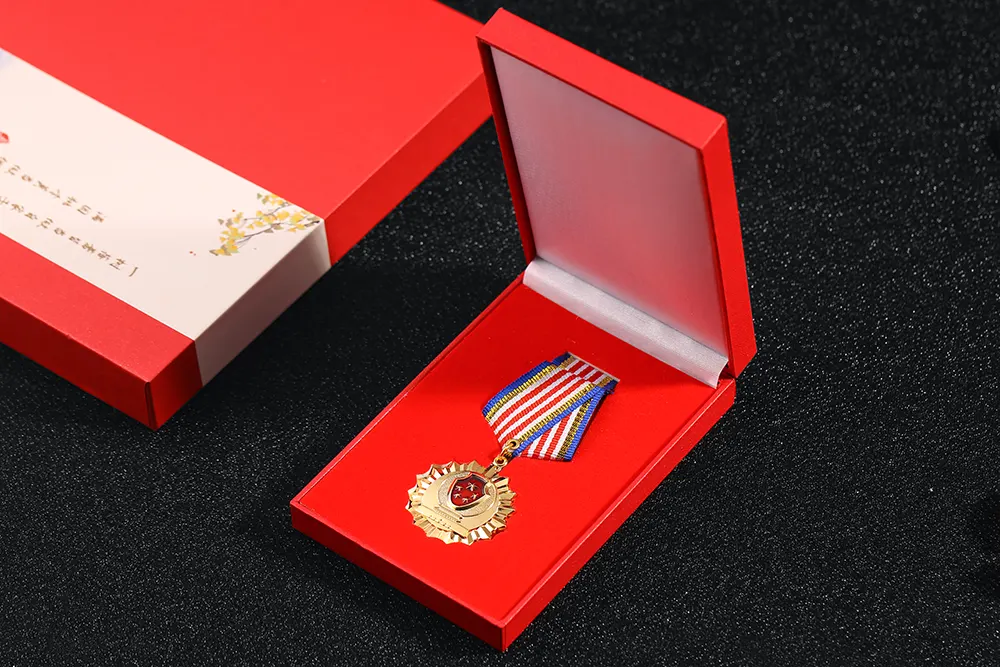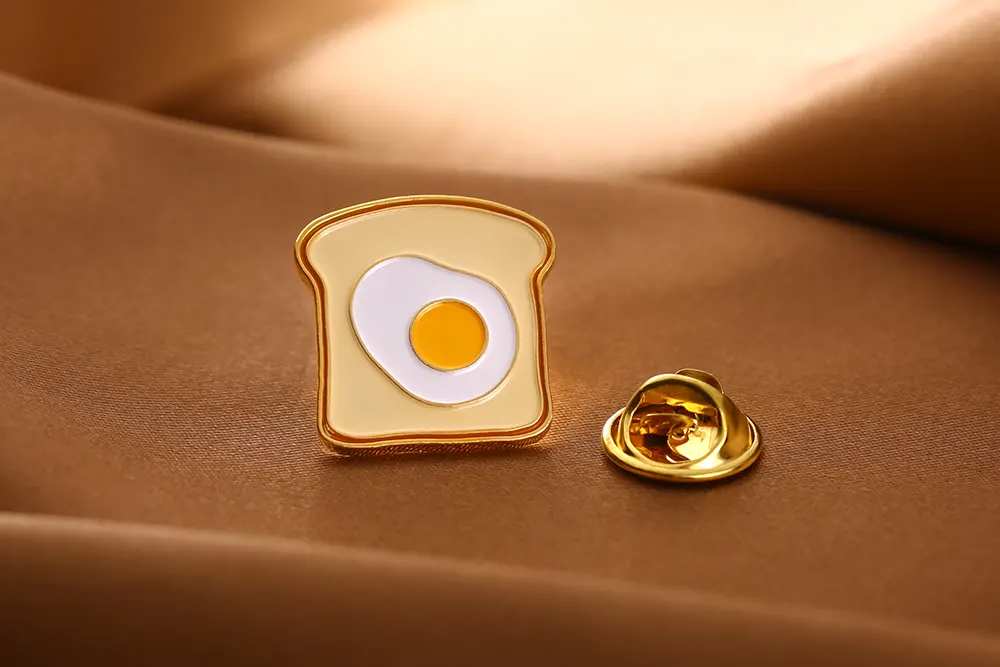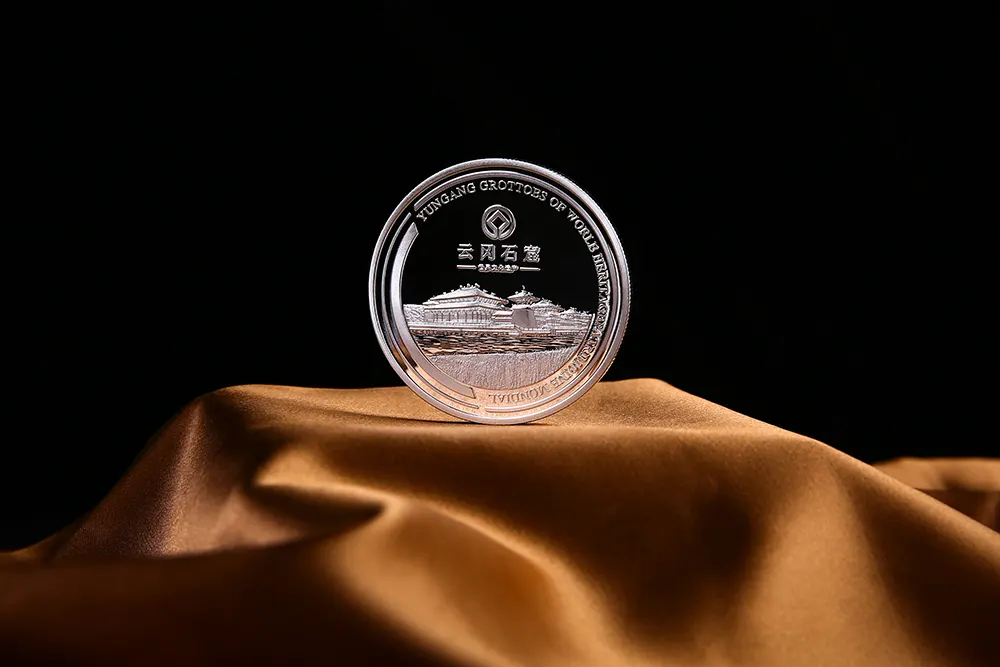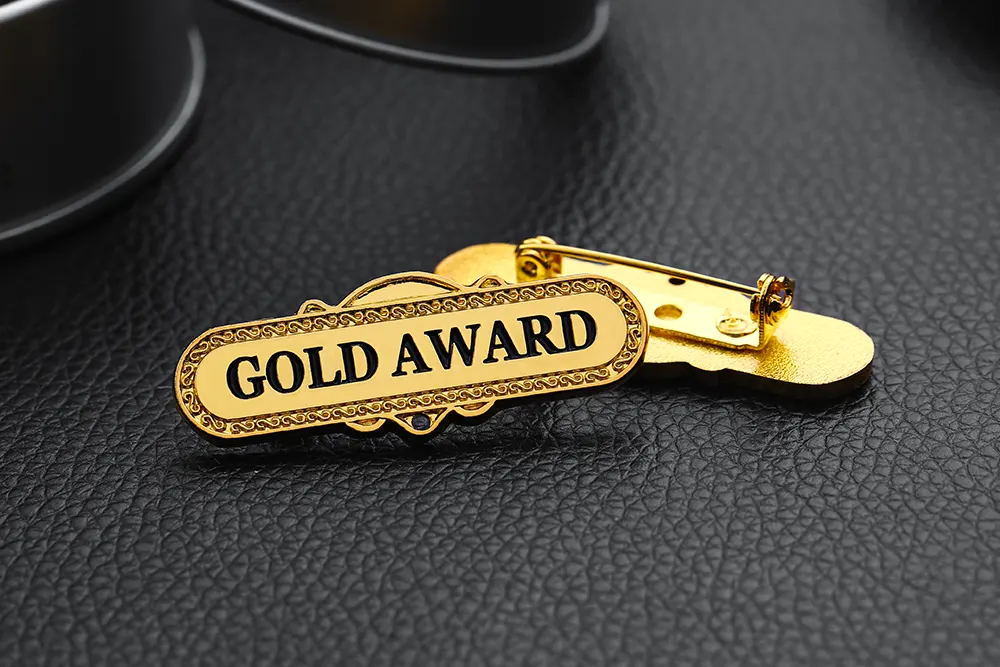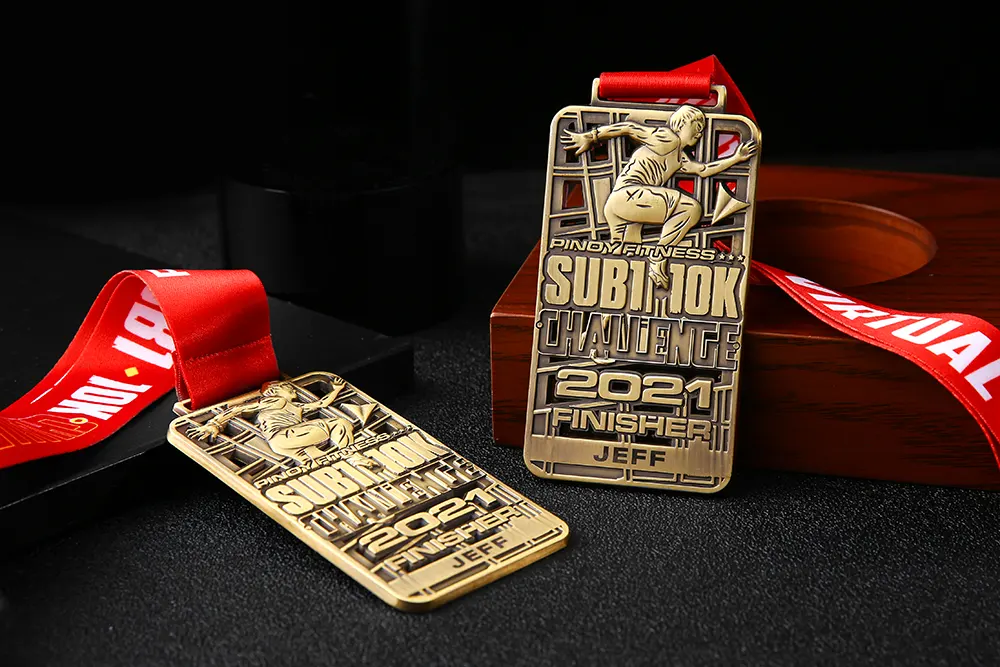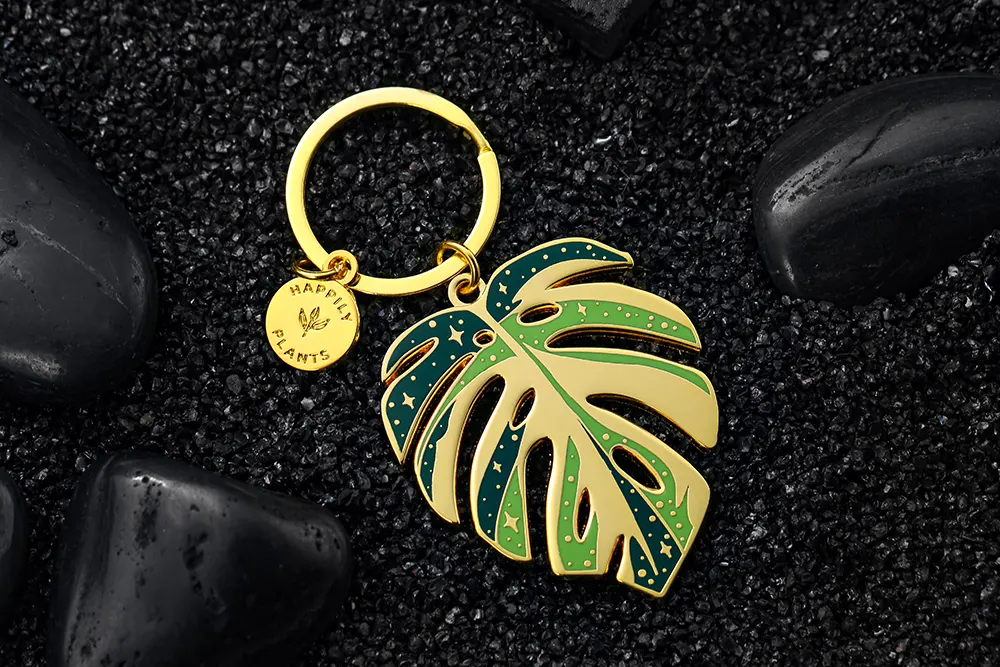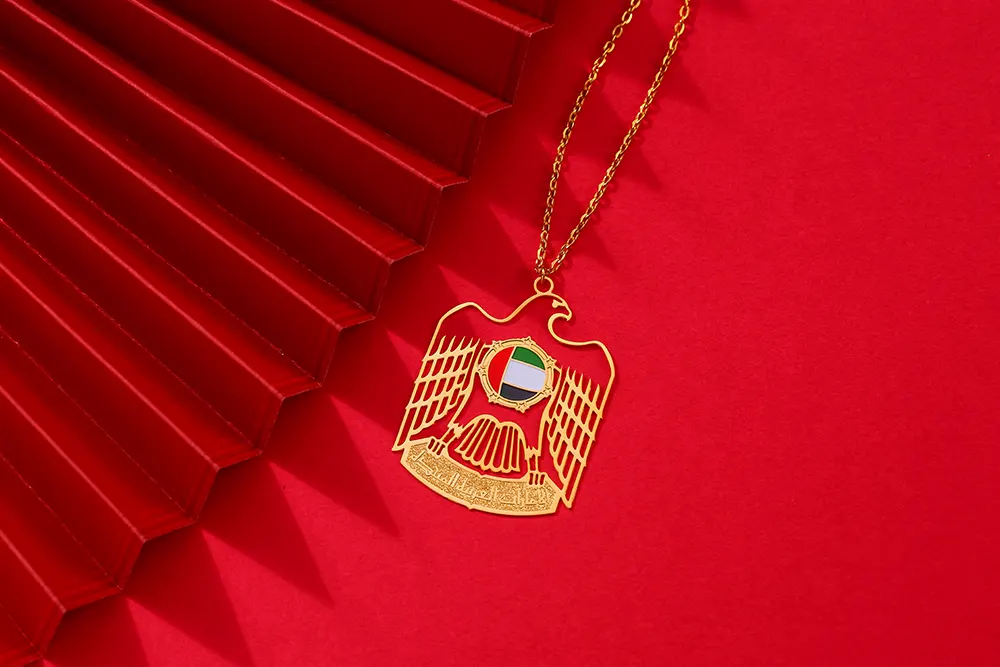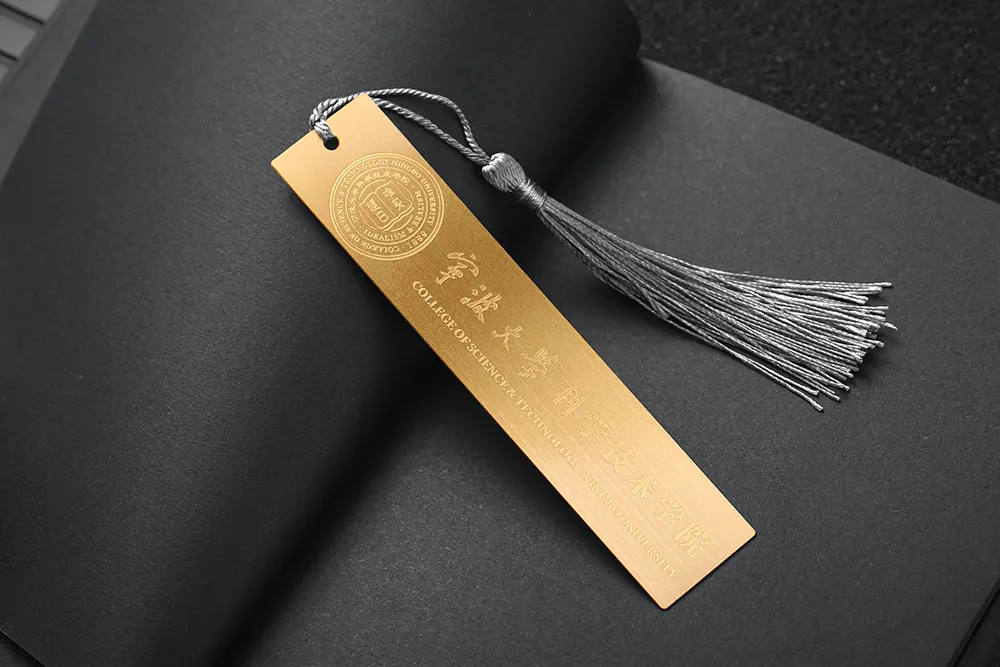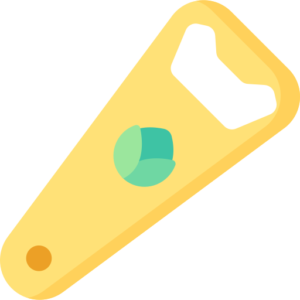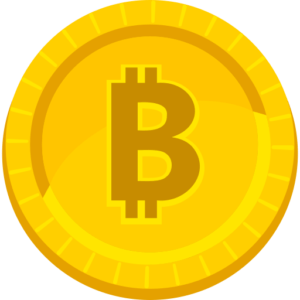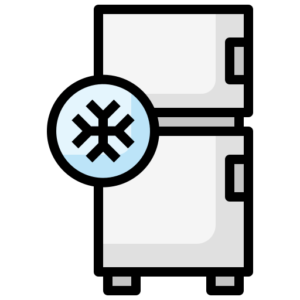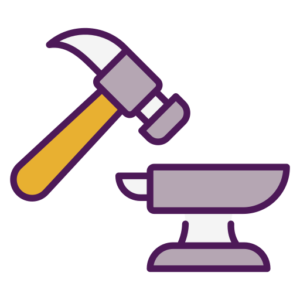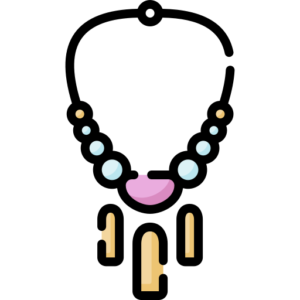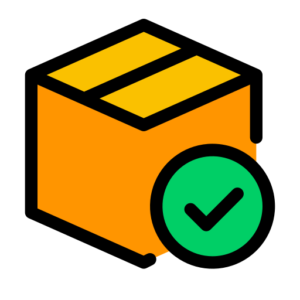Challenge coins have evolved far beyond their military origins. Today, these small metallic tokens represent brotherhood, achievement, and belonging across countless organizations—from fire departments to tech startups. But here’s the thing: most challenge coins end up forgotten in desk drawers. The difference between a cherished keepsake and a paperweight comes down to thoughtful design.
What Makes a Challenge Coin Design Memorable
A well-designed challenge coin tells a story at first glance. The best designs balance three core elements: meaningful symbolism, visual clarity, and craftsmanship quality. When someone receives your coin, they should immediately understand what it represents and feel proud to carry it.
The most effective coins incorporate symbols that resonate with their recipients. Military units often feature their emblems and mottos. Corporate coins might showcase company values or milestone achievements. First responder coins frequently include badges, flames, or medical symbols. Whatever imagery you choose, it should connect emotionally with the people receiving it.
Working With a Challenge Coin Designer
Finding the right designer can make or break your project. Professional coin designers understand the technical limitations of the minting process—they know which details will translate well to metal and which won’t. This expertise prevents costly mistakes and disappointing results.
When I helped our local volunteer organization create commemorative coins for our 50th anniversary, we initially tried designing them ourselves. The artwork looked great on screen, but our manufacturer explained that fine text and intricate details smaller than 1mm wouldn’t reproduce clearly on a 1.75-inch coin. We ended up hiring a specialist who redesigned our concept with bolder lines and simplified elements. The final product exceeded our expectations precisely because the designer understood the medium.
A skilled designer will ask you detailed questions about your vision, intended use, and budget. They should provide multiple concept sketches and be willing to refine the design based on your feedback. Look for designers who show you physical samples of previous work—photos can be deceiving when it comes to dimensional metalwork.
The Custom Design Process Explained
Creating custom challenge coins typically follows a structured workflow. Understanding each phase helps you plan your timeline and make better decisions throughout the project.
Initial Concept Development
Start by gathering your team’s ideas and reference materials. Successful coins often incorporate organizational logos, mottos, important dates, and relevant imagery. Sketch rough concepts even if you’re not artistic—these help communicate your vision to the designer.
During this phase, decide on your coin’s basic specifications. Standard challenge coins measure between 1.5 and 2 inches in diameter, though custom shapes and sizes are possible. You’ll also choose between common finishes like antique gold, antique silver, or polished brass. Each finish creates a different visual impact.
Design Refinement
Once your designer creates initial mockups, review them carefully with stakeholders. Pay attention to how text reads—is it legible at actual coin size? Check that important elements have enough contrast and depth. Challenge coins use raised and recessed areas to create dimension, so flat designs rarely work well.
Most projects go through two to four revision rounds. Don’t rush this stage. Small adjustments to spacing, sizing, or border styles can dramatically improve the final appearance. Your designer should provide digital proofs that accurately represent how the finished coin will look.
Technical Specifications
Behind every great custom design are technical decisions that affect both appearance and cost. Thickness typically ranges from 3mm to 5mm—thicker coins feel more substantial but cost more. Edge options include rope edges, cross-cut edges, or spur edges, each adding different character.
Color choices matter more than many people realize. Hard enamel creates smooth, durable surfaces that resist scratching. Soft enamel sits below the metal borders, offering more depth and dimension. Some designs use no color at all, relying entirely on metal finishes and texture for visual interest.
Common Design Mistakes to Avoid
Too much detail kills more coin designs than any other factor. Remember that challenge coins are small objects held in the palm. Intricate artwork that looks amazing on a computer monitor becomes muddy and illegible when reduced to coin size. Simplify your design until only the essential elements remain.
Poor text hierarchy creates confusion. If everything is the same size and weight, nothing stands out. Make your most important text—usually organization names or mottos—the largest and most prominent. Secondary information like dates or locations can be smaller.
Ignoring the manufacturing process leads to disappointment. Challenge coins are struck or cast from metal dies, which means sharp interior corners are impossible to achieve. Designers experienced with coins automatically round these corners slightly. Also, extremely thin lines or gaps between elements may not reproduce clearly.
Pricing Factors for Custom Coins
Challenge coin costs vary based on several factors. Quantity is the biggest price driver—ordering 100 coins costs significantly more per unit than ordering 500. Size, thickness, number of colors, and special features like cutouts or dual plating also affect pricing.
Standard coins with basic features typically range from two to five dollars per coin in moderate quantities. Adding premium features like 3D sculpting, multiple finishes, or gemstones increases costs. Request quotes from multiple manufacturers, but don’t choose based solely on price. Quality varies dramatically between vendors.
Making Your Coin Design Stand Out
Consider incorporating unique elements that surprise and delight recipients. Bottle opener coins serve a practical purpose beyond commemoration. Spinner coins with rotating centers add an interactive element. Sequential numbering makes each coin feel individual and collectible.
Think about how your coin will be used. Will recipients carry it daily, display it on a shelf, or add it to a collection? This influences design choices. Coins meant for carrying should have smooth edges and moderate thickness. Display coins can be larger and more elaborate.
Protecting Your Investment
Before finalizing your design, clarify ownership of the artwork. You should receive vector files of the approved design—these let you reorder coins without starting from scratch. Some designers include artwork rights in their fee, while others charge separately.
Order a small initial batch before committing to large quantities. This lets you evaluate quality firsthand and make final adjustments if needed. Most people underestimate how different a physical coin feels compared to a digital proof.
Beyond the Basics
As your design skills develop, explore advanced techniques. Dual plating creates coins with different metal finishes on each side. Translucent enamel allows light to pass through certain sections. Photo-etched details can reproduce complex images like portraits or signatures.
Some organizations create coin series that build collections over time. Each release maintains design consistency while marking different achievements or time periods. This approach builds anticipation and increases the perceived value of individual coins.
Final Thoughts on Coin Design
Great challenge coin design balances artistry with practicality. Your coin represents your organization’s identity and values—it deserves thoughtful planning and execution. Work with qualified professionals, avoid common pitfalls, and don’t compromise on quality for marginal cost savings.
The best coins spark conversations and create connections. When recipients show their coins to others, your organization’s story spreads. That’s the real power of well-designed challenge coins—they’re miniature ambassadors carrying your message wherever they go.
Whether you’re creating your first coin or your fiftieth, approach each project with fresh perspective. Listen to your designer’s expertise, but stay true to your vision. The result will be something people genuinely treasure for years to come. For more insight, explore the rich art and history of commemorative coin design.
















